The Primitive style of architecture refers to an architectural approach that embraces simplicity, minimalism, and a close connection with nature. This style draws inspiration from early human structures and traditional building techniques. It emphasizes the use of natural materials, such as wood, stone, and thatch, and incorporates elements that blend harmoniously with the surrounding environment.
In primitive architecture, buildings are often characterized by their organic forms, with rounded or irregular shapes that mimic the natural world. The structures are typically low to the ground and blend seamlessly with the landscape. This style often prioritizes functionality over ornate decoration, focusing on fulfilling basic human needs, such as shelter and protection from the elements.
Primitive architecture can be found across different regions and cultures, as it represents an early stage of human architectural development. Examples include the mud huts of African tribes, Native American wigwams and longhouses, and the stone dwellings of prehistoric civilizations.
One remarkable aspect of primitive architecture is its sustainable approach. By utilizing locally available resources and adopting simple construction techniques, this style minimizes the impact on the environment. Moreover, primitive architecture often exhibits a deep respect for nature, with buildings designed to coexist harmoniously with their surroundings.
This is one of the forty original architectural styles based on which I generated references for the interior and exterior of the target building.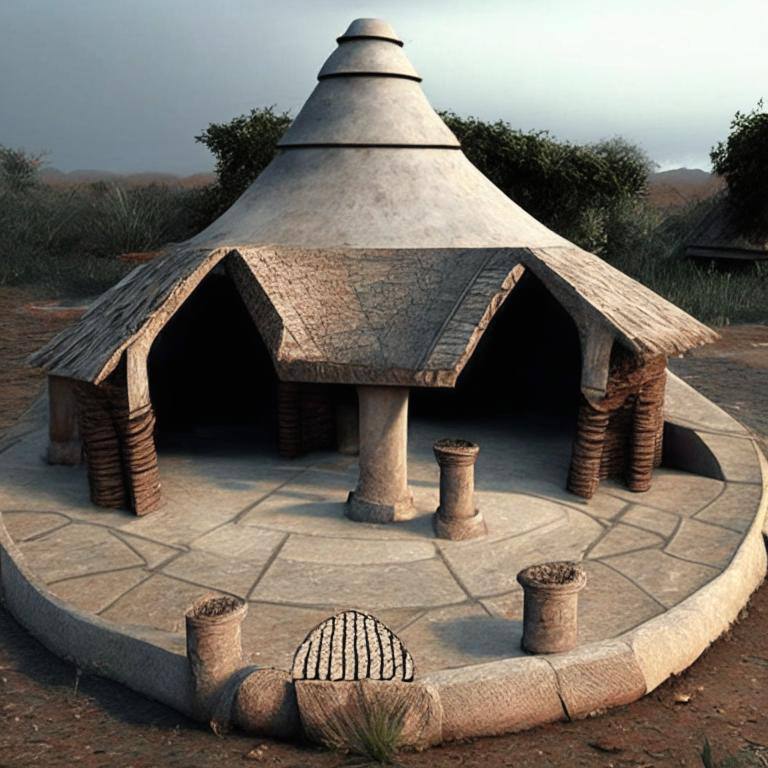
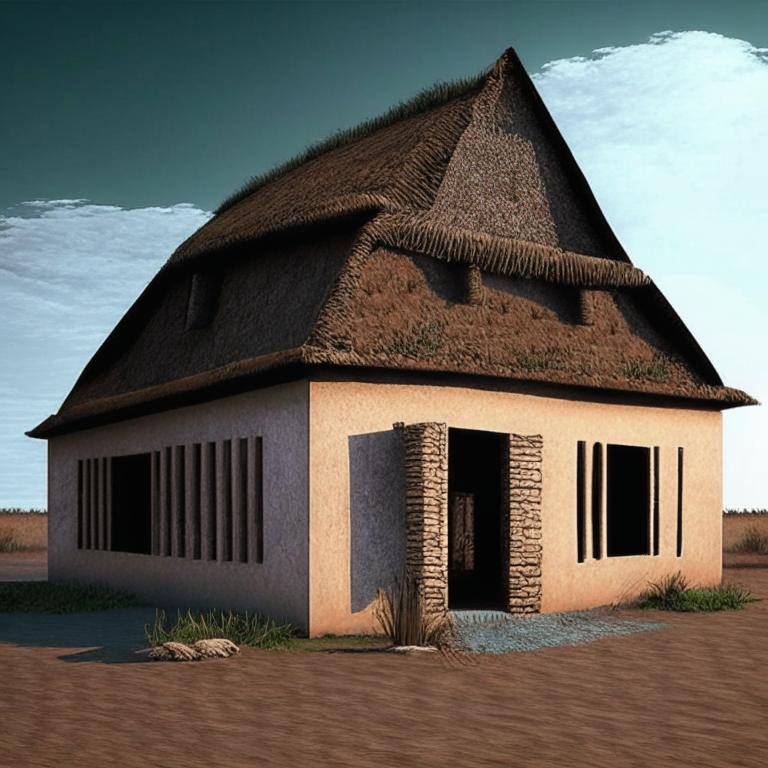
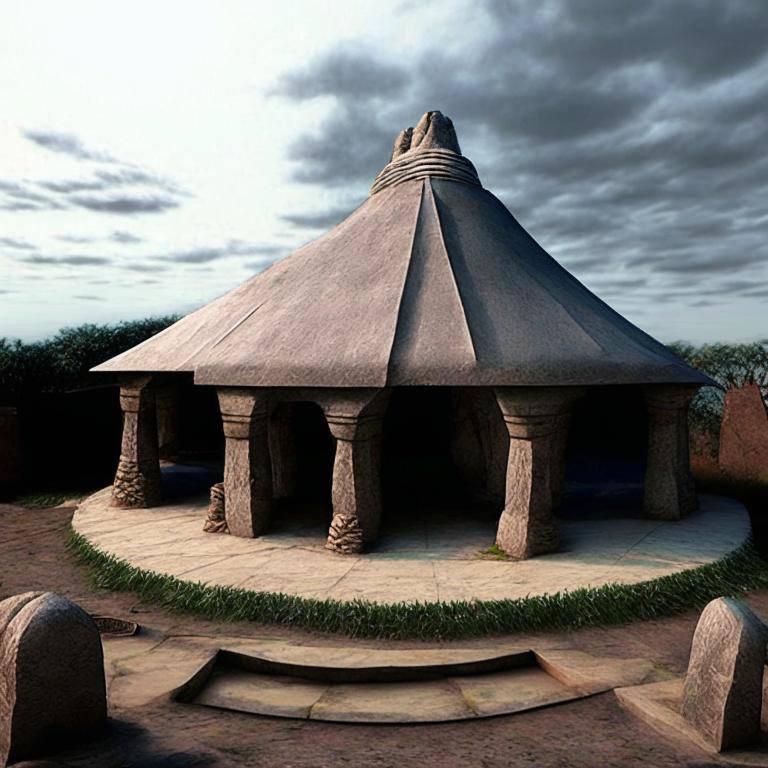
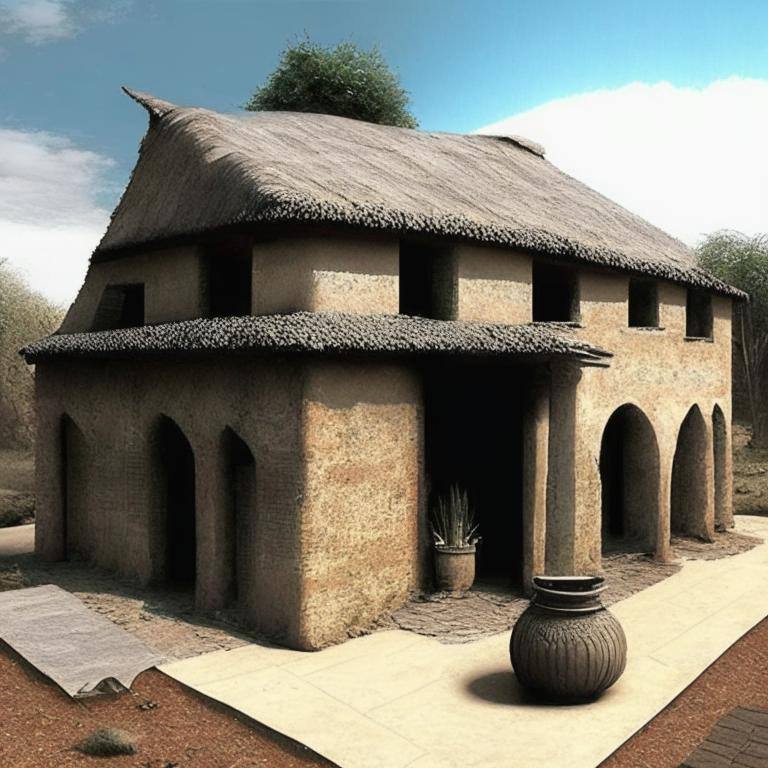
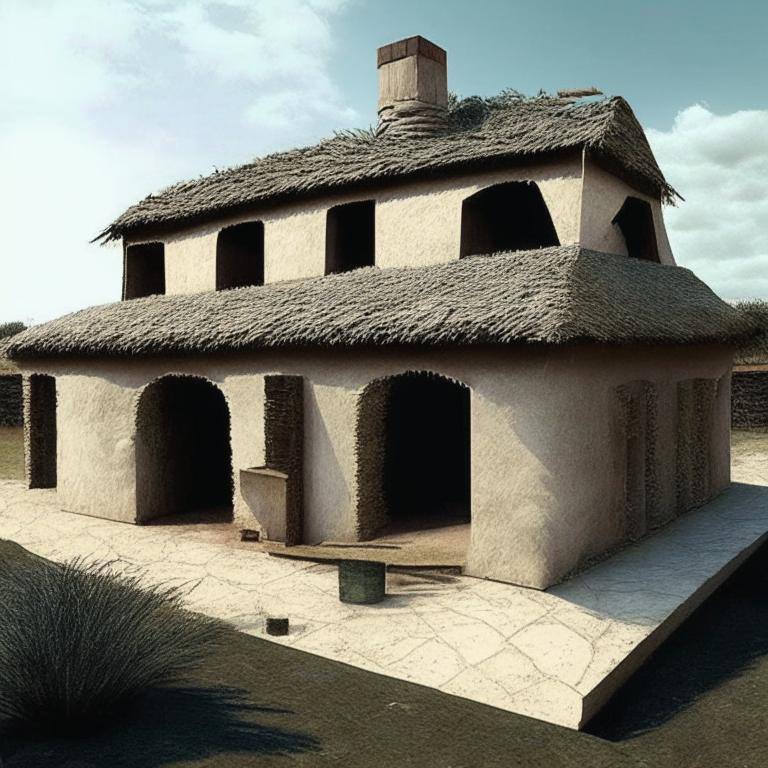
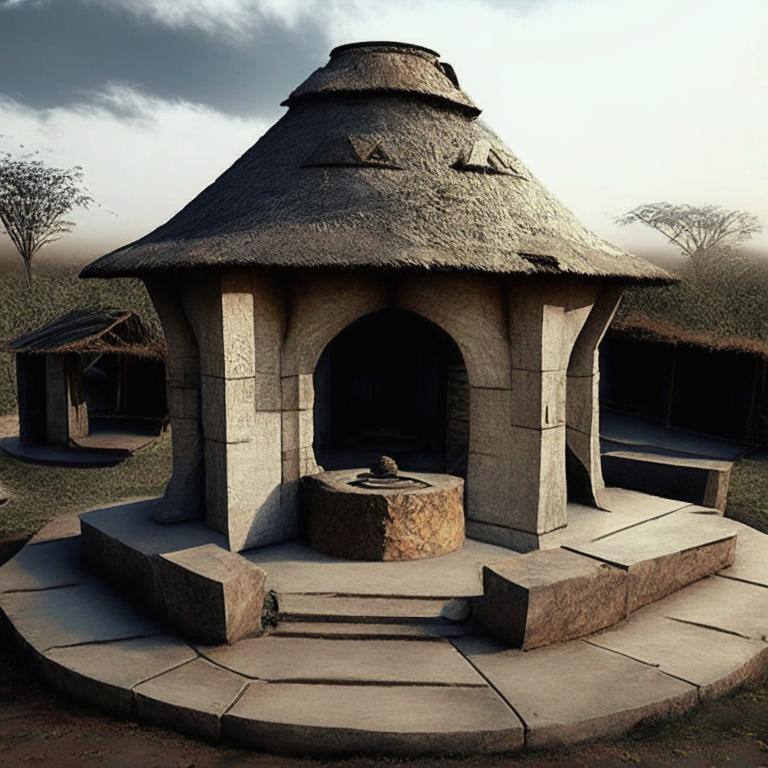

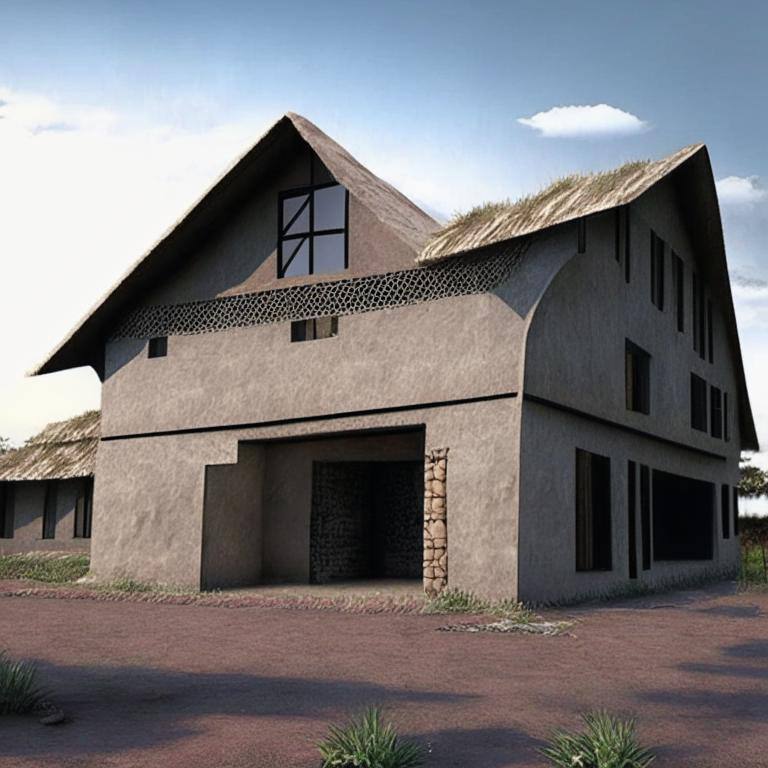
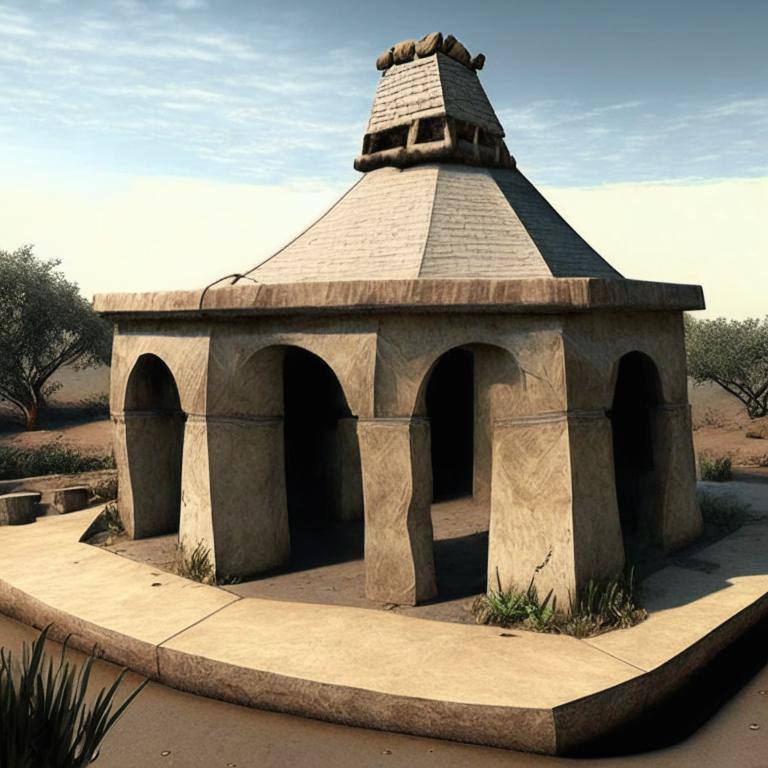
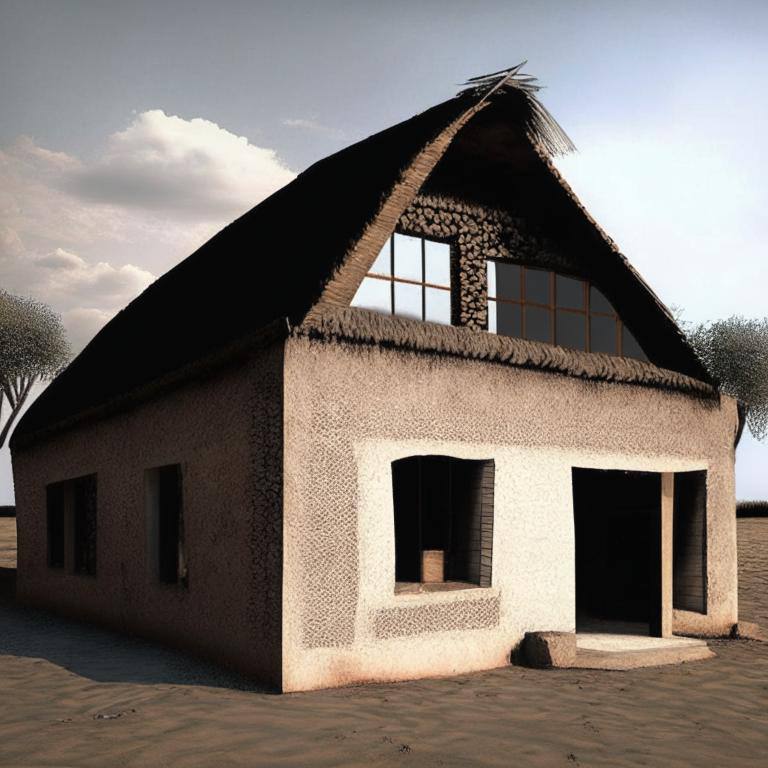

There is no comments